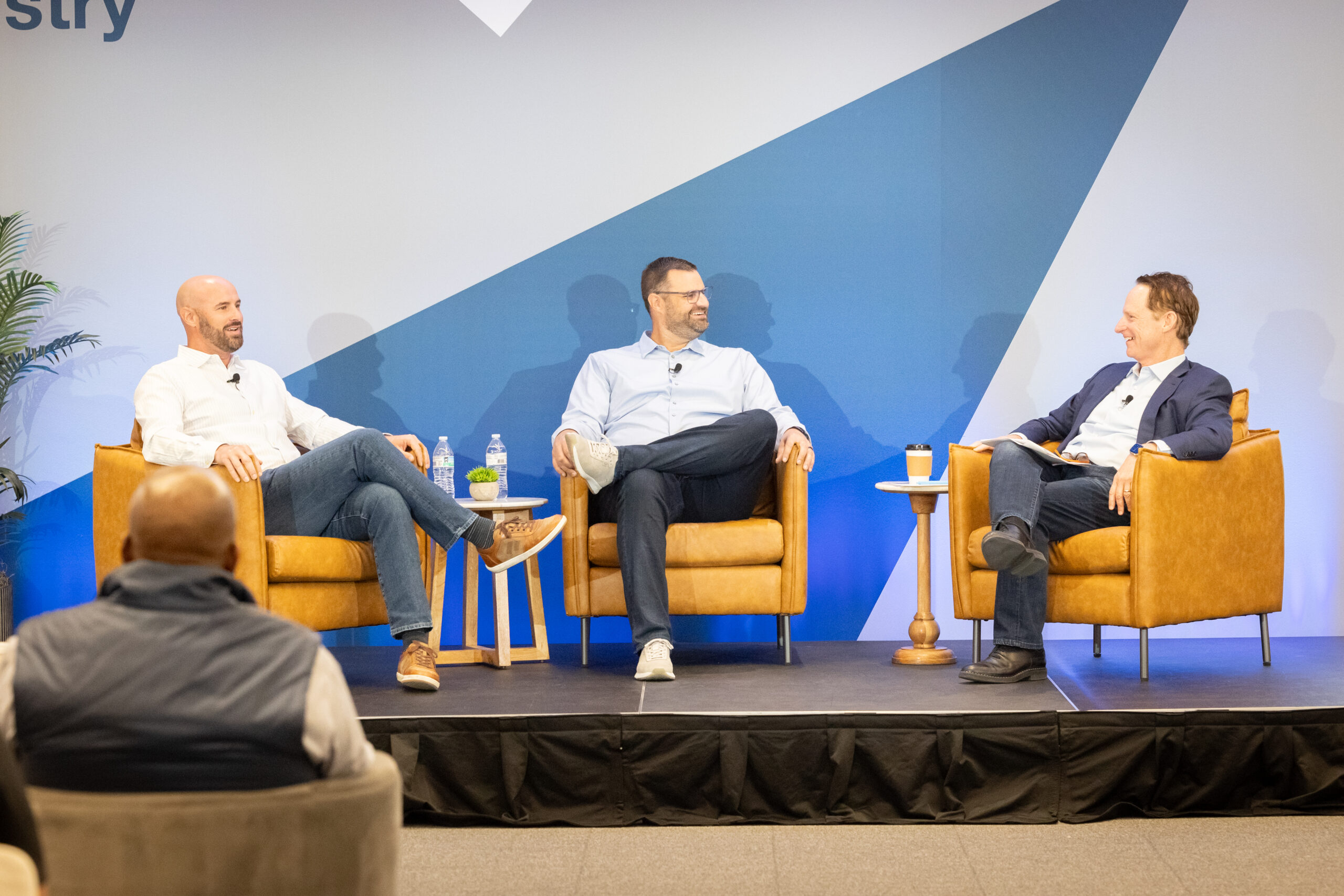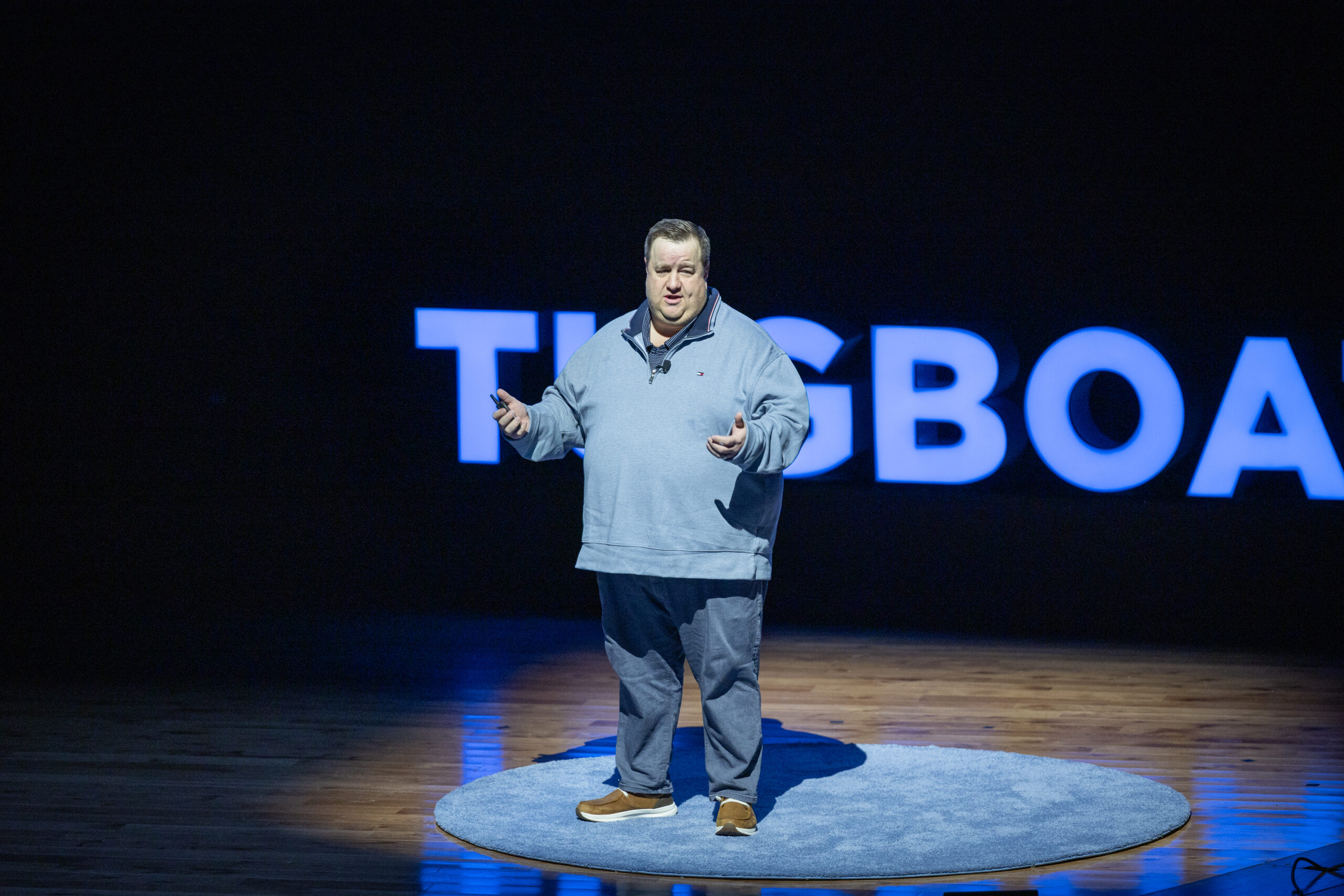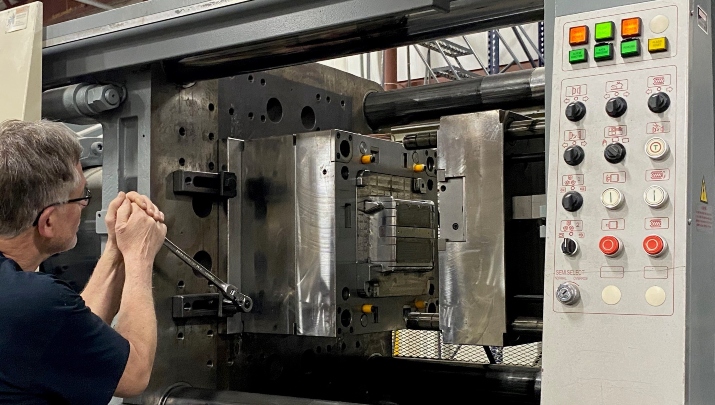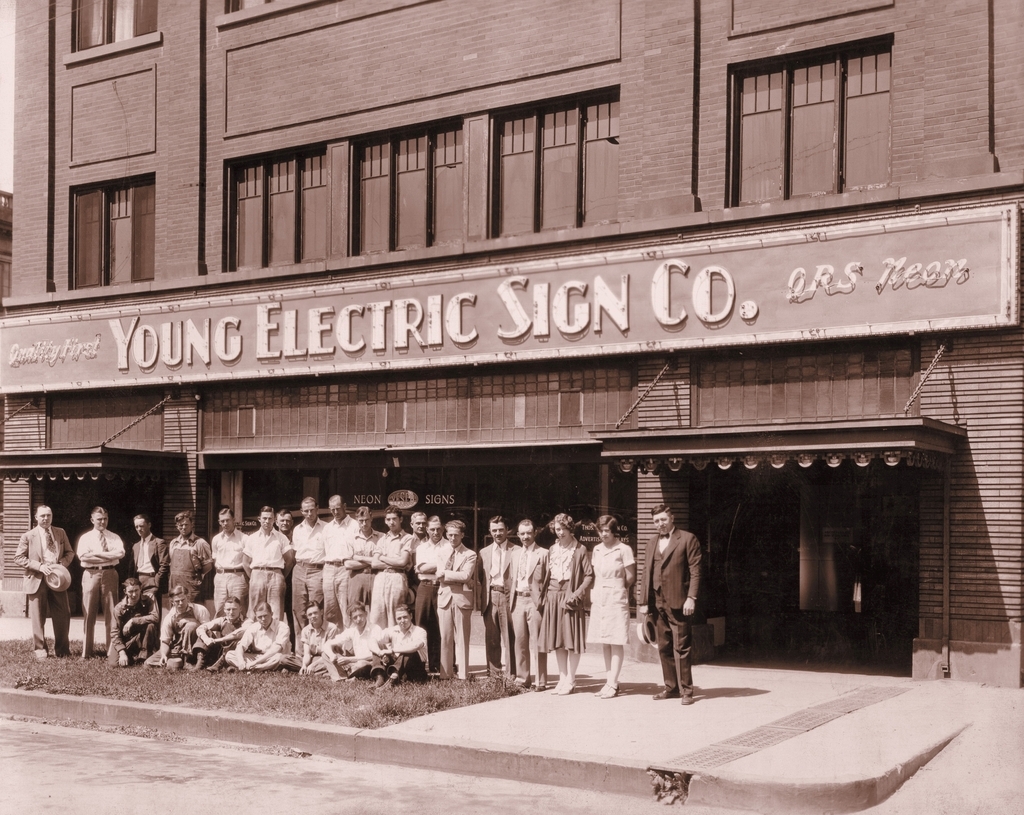

Overcoming the Fallout of Hiring the Wrong CEO
- Roderick Jones
- Concentric
In business, leaders are often reluctant to share stories of failures. However, like everywhere else, the most valuable lessons usually emerge from acknowledging and dissecting what went wrong. At Concentric, the security firm where I serve as Executive Chair, a few years ago we had a difficult experience that grew from a failure. We hired the wrong person into our top leadership position, and it cost us. While it was painful, we learned an enormous amount.
Hiring at all levels is important, and in all cases, a bad hire costs time, effort, and therefore money. In most cases, the damage – to the budget and to company culture – done by a bad hire can be limited by a quick reaction; if you can recognize and remove the person quickly, you can minimize damage done. But when you hire a CEO, the stakes are much higher and the process of recognizing and correcting the mistake can take much longer. This is our story.
As a founder, I was the first CEO of Concentric. When I was ready to step down from being CEO and hand it off to the next leader, I tapped the man who had helped me found the company in the beginning; he had contributed a great deal to building Concentric and had done a great job in previous roles. He was a good listener and a tireless worker, he made good tactical decisions, and he seemed able to bring different groups within the company together to form consensus and set projects in motion. His strengths in his previous roles, however, which gave me the confidence to move him into the CEO role, turned out to be his greatest weaknesses as the leader of the company.
It should come as no surprise that trust is a critical element of leadership and a high-functioning team. The executive team must trust the leader, and the entire team must as well. When I brought in this new CEO, I was comforted by the fact that he was a known entity, both to me and the company, and therefore, in addition to assuming he had the skills to get the job done, I made the leap to assuming that his long tenure equaled trustworthiness. A final, critical component of this situation was that this was a big transition for me, professionally and personally, to move from the CEO role into the Executive Chair role; I was heavily invested in the transition working out. For all these reasons, I allowed myself to be blind to some of the early signs that we had a problem.
Although it took me far too long to realize he was the wrong person for the job, in retrospect, the signs were there from the beginning. The lessons we’ve drawn from this experience fall into two categories: how to recognize and act quickly when your new CEO is not the right person for the job, and how to avoid making this bad hire to begin with.
When you are in charge, you can either choose to surround yourself with people who will think for themselves and challenge you when necessary, or with people who are your fans, who will laugh at all your jokes, and who will always agree with you. I did see early on that my new CEO was choosing to surround himself with fans. His skill at bringing people together translated into a strong desire for harmony and an aversion to pushing the envelope and asking hard questions. Instead of raising a red flag, I explained it away, and reminded myself what a good tactical decision-maker he had proven himself to be. In addition, a strong leader needs to have a strong North Star, and not be malleable, or susceptible to the influence of his team, whether they be superiors or subordinates. In the absence of this North Star, a bad leader can find themselves captive to the team below them, always shifting and changing to please the team. This was happening, and this is a warning sign that I overlooked – again, largely because I was so invested in this working and so convinced that trust was in place.
The initial allure of promoting someone from within the company, someone trusted and familiar, can sometimes blind decision-makers to the challenges of transitioning from an employee to a leader. It turned out that the skills that had made our new CEO successful in his previous roles did not transfer to his new position. This seems clear to me now, but I couldn’t see it at the time. I realized too late that the fit wasn’t right, although the signs started to appear immediately.
In retrospect, I see that I could have prepared myself to look for and identify warning signs such as a lack of curiosity, an inability to challenge information, or a failure to articulate a compelling vision. Being on the lookout for things like this can help preemptively address potential leadership mismatches. However, even with vigilance, mistakes can occur, leading to a tumultuous period of cleanup and recovery.
The aftermath of a bad CEO hire is far-reaching, impacting not only internal dynamics but also client relationships and overall company culture. In our case, trust was eroded with many of our stakeholders, internal strife spiked up, and there were tangible negative effects on the company’s bottom line.
Once I finally took action, there was a lot of work to be done. The bad CEO had broken trust with clients as well as knocking our internal culture off balance. I resumed the role of CEO and spent the next few months making an apology tour, to try to repair the damage done. During this time, we lost some clients and saw our revenues dip. These were concrete, financial, existential problems we were dealing with.
Internally, I instigated a cultural reset within the organization to mitigate long-term damage. A lot of relationships had been damaged, some beyond repair. There were people who saw the problems early on and were alienated because of it. Then there were the people who were holding sway over the CEO, who did not want to relinquish their position of power. We lost some people from both groups as we put the company back together.
Fortunately, when we were stabilized and ready for our next new CEO, I had a clearer view of what I was looking for and was able to find and hire a wonderful person for the role. This time, we sought a leader with vision and a strong sense of values, a true North Star that aligned with our Purpose, and a willingness to lead the team into new territory, even if it caused people to shift out of their comfort zones. We were lucky to find just the right person. Under his leadership, we have not only repaired the damage caused by the bad CEO, but we have doubled, and then tripled in size. Concentric is now thriving, and I am grateful that we were able to recover from that challenging setback.
In any company, the impact of the CEO is enormous, which means that the consequences of a wrong hire can be drastic. In Evergreen® companies, this risk is perhaps even greater because what gets damaged the most – relationships – is the bedrock of all People First, Purpose-driven organizations. Fortunately, Evergreen companies are also in it for the long haul, so if they have the will and the leadership to undertake to repair a broken culture, provided the financial mistakes are still repairable, they have the time to make it happen.
I hope our experience can help others avoid learning this lesson the hard way. It’s a mistake that can threaten the very existence of a company. In our case, we were fortunate; despite the setbacks caused by our failed leadership hire, Concentric has emerged stronger, with a renewed sense of purpose and direction.
More Articles and Videos

Fireside Chat with Dave Thrasher, Dan Thrasher, and Dave Whorton
- Dave Thrasher, Dan Thrasher, & Dave Whorton
- Supportworks and Thrasher Group

Get Evergreen insight and wisdom delivered to your inbox every week
By signing up, you understand and agree that we will store, process and manage your personal information according to our Privacy Policy






